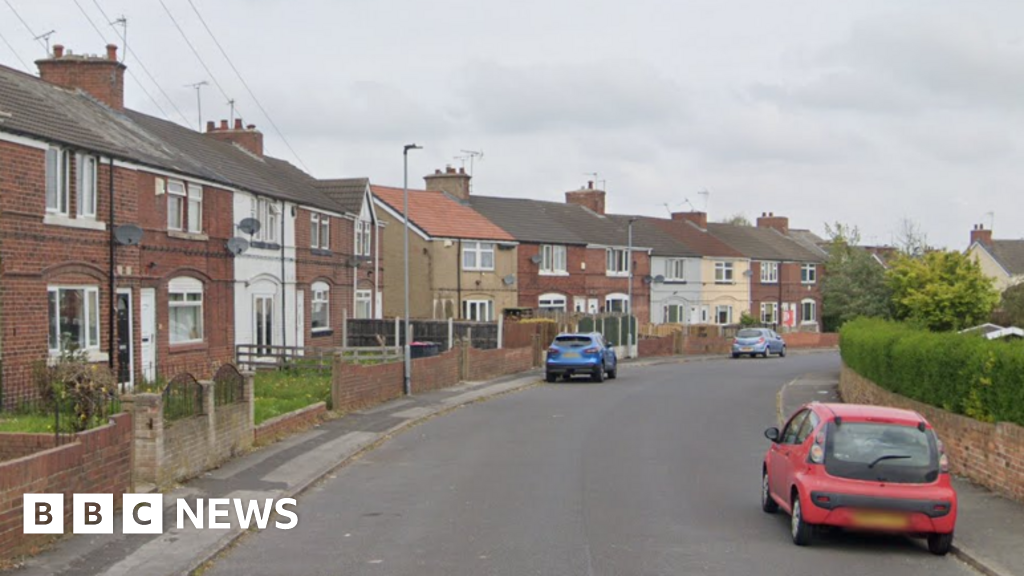- Australia
Macron and Merz: Europe must arm itself in an unstable world
时间:2010-12-5 17:23:32 作者:Books 来源:Data 查看: 评论:0内容摘要:Some of Commonsense Childbirth’s patients with complications are referred to specialists, and most choose to give birth at a local hospital, where Joseph has forged strong ties, instead of in Commonsense’s on-site birthing rooms. They then return to a midwife for postpartum care.Some of Commonsense Childbirth’s patients with complications are referred to specialists, and most choose to give birth at a local hospital, where Joseph has forged strong ties, instead of in Commonsense’s on-site birthing rooms. They then return to a midwife for postpartum care.
“We have these four tenets that go with my model: access, connection, knowledge and empowerment,” she said. Some patients “cry because they’ve never had that kind of care or respect.”All of this, Joseph said, contributes to better outcomes. With thousands of patients over about 26 years, she and her colleagues have never had a maternal death.

— which refers to the death of a woman from pregnancy or childbirth complications during or within 42 days of a pregnancy — generally has been rising in the U.S. About 700 women die each year, with another 60,000 suffering related injuries or severe complications.A controversial study recently attributed the increase to a change in how they’re recorded: a “pregnancy checkbox” on death certificates recommended by the National Center for Health Statistics partly to fix an undercount. But the U.S. Centers for Disease Control and Prevention and many doctors pushed back against, which suggested the rate is about 10 in 100,000 live births. Some say the true rate may be somewhere in between — meaning it’s still higher than other wealthy nations.

Midwife Stephanie Wood examines Courtney Knight during a pregnancy checkup. Midwives at Commonsense Childbirth are striving to provide good, accessible care. (AP Photo/Laura Ungar)Midwife Stephanie Wood examines Courtney Knight during a pregnancy checkup. Midwives at Commonsense Childbirth are striving to provide good, accessible care. (AP Photo/Laura Ungar)

U.S. rates remain high despite proven ways to prevent maternal deaths and injuries, experts say — things like ensuring quality medical care at delivery; getting to know patients; addressing issues like addiction or poor nutrition; and providing care and support after the baby is born.
One of the most important things is making sure everyone can get regular prenatal checkups, which requires having enough health care providers.“In some cases, the small hospitals are losing more money on private insurance than they are on Medicaid, which is really kind of remarkable,” he said, “but that’s how little they get paid ... by the private insurance plans.”
Low Medicaid reimbursements play a role in, along with worker shortages and declining birth rates. More than half of rural hospitals have stopped offering labor and delivery services, another recent analysis from the Center for Healthcare Quality and Payment Reform showed. That can lead to longer travel times and a
when she was pregnant with her second child. There is no labor and delivery unit at the hospital in Rocky Mount, Virginia, and a hospital about 40 minutes away closed in 2022. Ratliff, who is Black, instead went to Salem — more than an hour away — for every prenatal visit. She ran through all of her paid time off, and had no paid maternity leave.She did, however, have a doula. The doula is Black and her services were covered by Medicaid — a benefit Virginia started offering in 2022.
- 最近更新
- 2025-07-07 10:40:35Death at the cross: Secret burials, ‘cult-like’ practices at Kenyan church
- 2025-07-07 10:40:35Can a deal be found to end Israel’s war on Gaza?
- 2025-07-07 10:40:35CNNHow food markdown apps are saving tons of food from the trashRead the full story
- 2025-07-07 10:40:35South African mother sentenced to life for selling her daughter
- 2025-07-07 10:40:35‘Tidal wave’: How 75 nations face Chinese debt crisis in 2025
- 2025-07-07 10:40:35India forcibly sterilised 8m men: One village remembers, 50 years later
- 2025-07-07 10:40:35Fri Jun 27, 7:05 PM EDTAPLTVTB44-35BAL34-46
- 2025-07-07 10:40:35The first livestreamed genocide
- 热门排行
- 2025-07-07 10:40:35When to refinance your mortgage: 4 key times when refinancing can make sense
- 2025-07-07 10:40:35Why are the number of flights reduced at Newark airport in the US?
- 2025-07-07 10:40:35Cordless 8-in-1 Lightweight Stick Vacuum$90$140Save $50with coupon
- 2025-07-07 10:40:35UK universities are at risk of training torturers
- 2025-07-07 10:40:35AOLThe 44 best early Prime Day deals this weekend
- 2025-07-07 10:40:35US Vice President Vance touts Trump’s crypto record at Bitcoin conference
- 2025-07-07 10:40:35our guide to fixed and variable rates
- 2025-07-07 10:40:35Chinese students in US grapple with uncertainty over Trump’s visa policies
- 友情链接
- Trump questions mutual defence as NATO gets set to boost defence spending Trump’s fragile peace in the Middle East Why global imbalances do matter Trump’s fragile peace in the Middle East Dnipro church hit by Russian missile mid-service Freed Belarus opposition candidate says he will keep fighting Nato chief Rutte praises Trump for making Europe ‘pay in a BIG way’ Who is attending the NATO summit and what’s on the agenda? Israel, Iran in shaky ceasefire as Trump lashes out at both Trump signals sanctions relief for China to buy Iran’s oil US-Israel-Iran conflict: List of key events, June 24, 2025 The war that will remake Iran’s Islamic republic How Trump brokered a shaky Israel-Iran ceasefire UK to ban Palestine Action, police clash with group’s supporters in London ‘It’s not peace – it’s a pause’: Iranians sceptical ceasefire will hold Trump: no ‘regime change’ in Iran, urges calm after strikes Trump pushes Israel and Iran to preserve ceasefire The war that will remake Iran’s Islamic republic Is the 12-day Israel-Iran war really over – and who gained what? Georgian opposition figure Giorgi Vashadze jailed in widening crackdown US-Israel-Iran conflict: List of key events, June 24, 2025 Trump signals sanctions relief for China to buy Iran’s oil Dnipro church hit by Russian missile mid-service Cuomo vs Mamdani: New York mayoral race showcases Democratic rift Nato chief Rutte praises Trump for making Europe ‘pay in a BIG way’ Is the 12-day Israel-Iran war really over – and who gained what? US sanctions alleged leader of Venezuelan gang Tren de Aragua Smash hits: nine Londoners’ favourite public courts Why global imbalances do matter Dozens killed in Russian attacks on Ukraine, Dnipro worst hit
